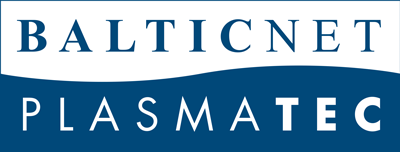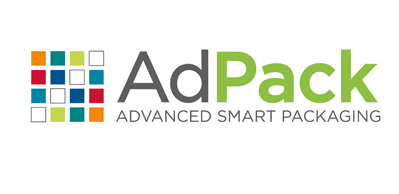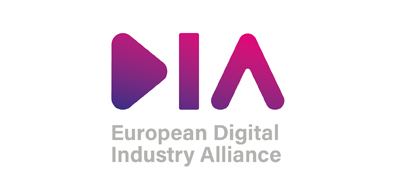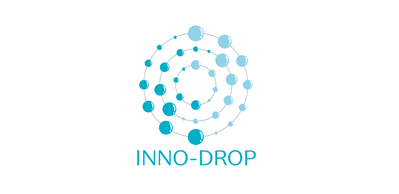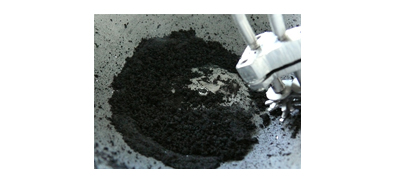
Background
The use of plasma technology to produce photoactive layers is utilised in the manufacture of photovoltaic solar cells on a major industrial scale. However, the potential of such layers for other applications are far away from being exploited. Partners of the international network BalticNet-PlasmaTec have come together to create a joint team of experts for research and development of such layers, especially in micro and nano-materials. The aim is to jointly develop new products and methods, which opening up new markets for such materials. A particular potential is expected to be found in the use of naturally occurring basic raw materials such as minerals. These minerals can be coated with a titanium dioxide photoactive layer using a suitable plasma process, so the result is materials with new characteristics.
Objectives
This project is focused on a very limited field of application of low temperature plasmas in opposition to previous, very general activities. Previous work has emerged that structures which are highly focused are more sustainable, even if the general objective of extension the network BalticNet-PlasmaTec is more difficult because of the extremely limited number of potential interested parties. The aim is to set up an international team of experts in the field of “photoactive coatings of surfaces and materials” within the Competence Network BalticNet-PlasmaTec. Some objectives of this international team of experts are the participation in international/bilateral calls for proposals and the organisation of joint education and training. New multilayer composite materials especially with mineral basis material should be researched. This should include the wide experience in the field of coatings with titanium dioxide as photoactive layers on micro- and nano particles as well as on surfaces. Completely new fields of application should be developed for such materials in addition to the already known fields of application of cosmetics and hygiene with their very specific requirements.
Activities
An exchange of experience should be organised with partners from Poland, the Czech Republic and Romania, in which potential interested parties from industry should also be included, to achieve the objectives. In order to get in contact with other institutes/companies, the contacts from the partners as well as from the new interested parties should be used and intensified. Contact details about companies and research institutions, which are interested in photosensitive materials (e.g. for cosmetics and hygiene) should be complied in an adequate database to limit the desired contacts. Furthermore, BalticNet-PlasmaTecis organising own booths at trade fairs (e.g. POLEKO in Poznan – Poland, PSE – International Conference on Plasma Surface Engineering in Garmisch-Patenkirchen – Germany, TIB – Bucharest International Technical Fair in Bukarest – Romania), workshops (Poland, Czech Republic) and meetings of experts. A visit to potential partners by a team of experts (delegation trip e.g. to Romania) will also be arranged. All these activities will be supported by specialist, printed and electronic informative material. The preparation of project-specific advertising material such as flyers (brief description of the network, project and partners), data storage media (detailed description of the network, project and partners), etc. is completed by an employee of the network.
Perspectives
The medium- and long-term aim of the project is to set up an international working group with experts from research institutes and industry, to develop and characterise innovative, photoactive materials. At the same time, new fields of application for this technology should be exposed. This working group should also realise the preparation of additional research and development projects. In particular, a project application should be prepared for the 7th Framework Programme or for other bilateral/international funding programmes.
